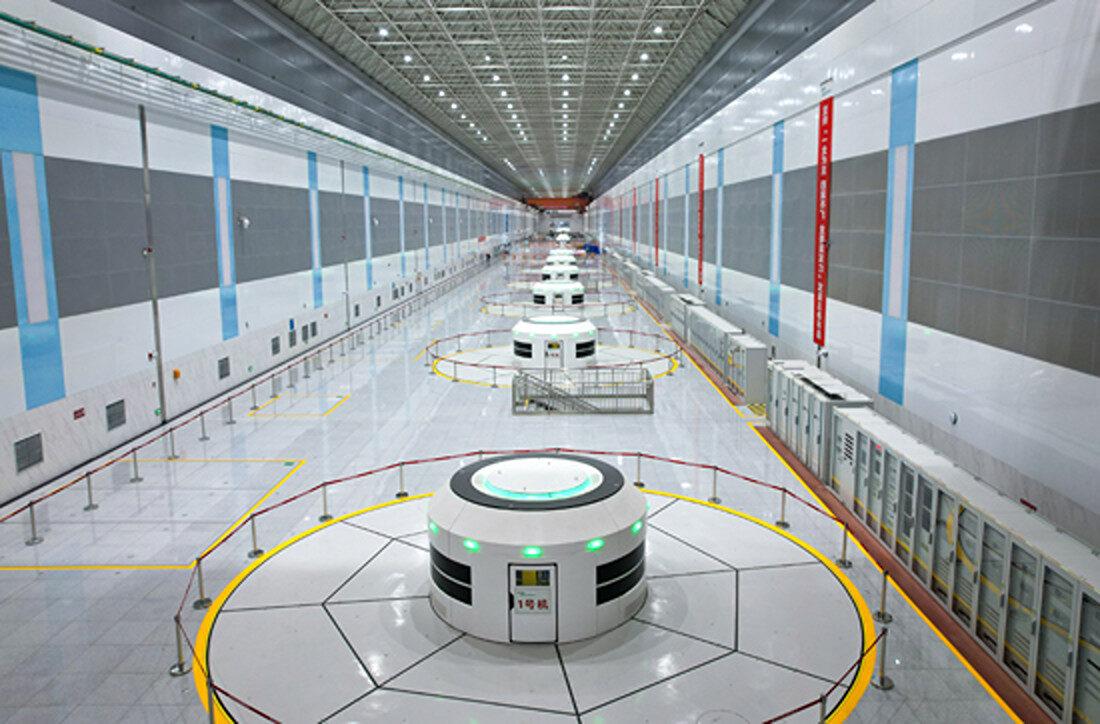Having more demand for your product than you can deliver is usually a good problem to have. And that is where Enphase is finding itself as it moves into the second quarter of 2019.
The company is a remarkable turnaround story; after being eclipsed in the California residential market by SolarEdge’s power electronics, Enphase switched CEOs, laid off workers, cut product lines and slashed costs to below the cost of production in what looked at the time like a desperate bid to win back its place in the sun.
And while this writer thought at the time that this was crazy, it worked. Enphase has returned to profitability for not one but two consecutive quarters, reporting a 7% operating margin during Q1 and a net income of $2.8 million.
The company was also able to bring in $17 million in cash, despite paying off its loan to Tennenbaum Capital Partners to the tune of $45 million – leaving the company with a tidy $78 million in cash.
Revenues are rising as well, with the $100 million that Enphase brought in during the quarter a 43% increase over a year ago, but also 9% better than the fourth quarter of 2018 – despite the fourth quarter being the biggest quarter for residential solar installations.
And while CEO Badri Kothandaraman was cagey about giving figures on the call, in a relatively flat U.S. residential market this means increased market share. We aren’t able to derive exact recent figures, but one indicator is that Enphase was winning back market share from SolarEdge on the EnergySage marketplace in the second half of 2018. Additionally the 306 MWdc of microinverters it shipped during Q1 represents a 50% higher volume than Q3 of last year, with shipments rising each quarter.
One factor in its market success may be Enphase’s partnership with SunPower, which through its installer network has gained the second-largest share of the U.S. residential solar market, behind only Sunrun.
Component shortages and tariffs
But while Enphase has turned its ship around both in terms of profitability and market share, the company still has persistent challenges. On the company’s results call, CEO Kothandaraman revealed that despite the unusual step of investing in internal capacity online to make certain components, component shortages were the biggest challenge Enphase faced during Q1.
The company is also taking steps to obtain components from more external suppliers, and Kothandaraman stated that Enphase has sIgned low-term contracts for high-voltage transistors, with some expected to come as early as this quarter, and more in the second half of the year.
Component shortages as a limiting factor are likely one reason that the company is sold out through the end of the second quarter. But it is not the only challenge that Enphase is facing. Enphase’s products are manufactured by Flex in China, and since September have faced 10% tariffs imposed by the Trump Administration under the far-ranging Section 301 case.
Enphase says that it has been sharing the costs of these tariffs with its customers, and this makes its rising market share and return to profitability all the more impressive. However this is soon to be alleviated, as Enphase expects to begin receiving product from a Flex factory in Mexico during this quarter, and transition its manufacturing to this factory.
We’ll see where the company goes from here, as customers are still waiting on the roll-out of the company’s IQ8 product, and during the call Kothandaram talked up the company’s Ensemble system, which integrates energy storage with microinverters and home energy management, for a much higher value-added offering.
There is also Europe, and while Kothandaram noted that component shortages limited European shipments, he clearly sees Europe as the next big growth opportunity for Enphase. And in this highly competitive space, Enphase appears to have its greatest struggles behind it.
This content is protected by copyright and may not be reused. If you want to cooperate with us and would like to reuse some of our content, please contact: editors@pv-magazine.com.



3 comments
By submitting this form you agree to pv magazine using your data for the purposes of publishing your comment.
Your personal data will only be disclosed or otherwise transmitted to third parties for the purposes of spam filtering or if this is necessary for technical maintenance of the website. Any other transfer to third parties will not take place unless this is justified on the basis of applicable data protection regulations or if pv magazine is legally obliged to do so.
You may revoke this consent at any time with effect for the future, in which case your personal data will be deleted immediately. Otherwise, your data will be deleted if pv magazine has processed your request or the purpose of data storage is fulfilled.
Further information on data privacy can be found in our Data Protection Policy.